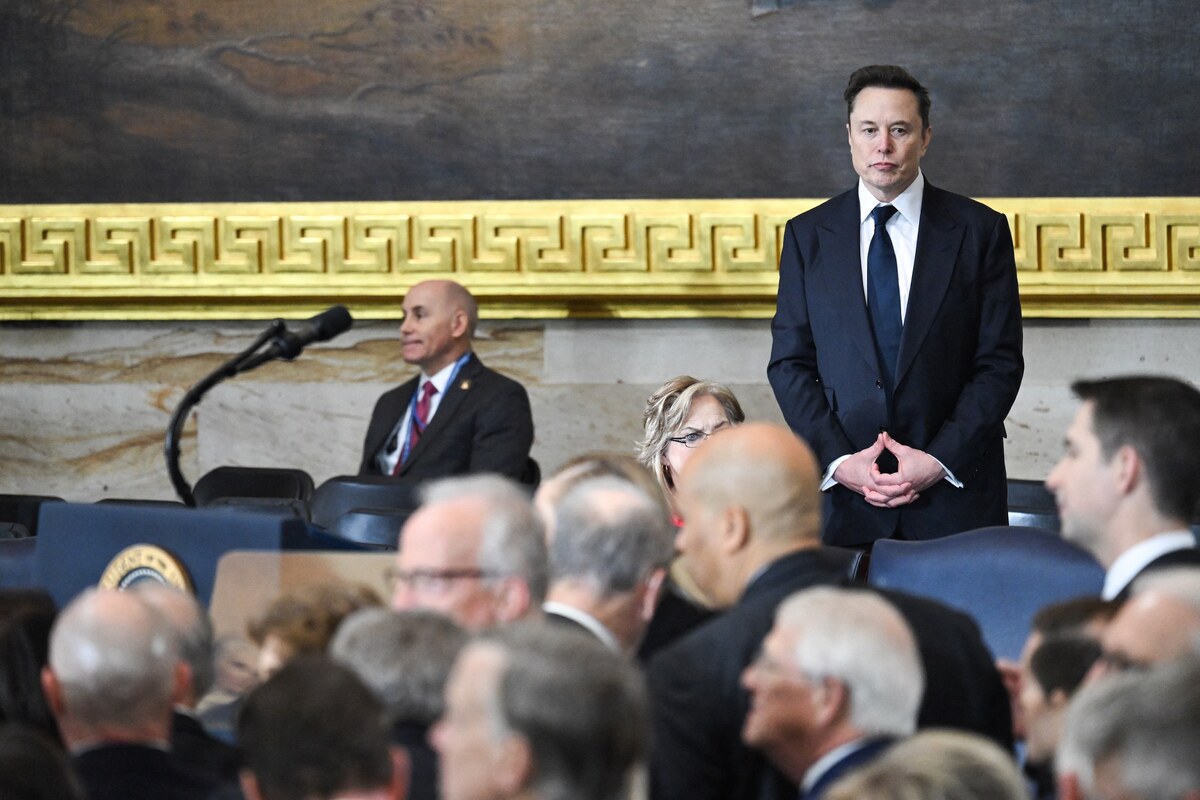ISLAMABAD: Pakistan threatened to deport Afghan refugees awaiting relocation unless their cases are swiftly processed by host governments, officials said Monday.
Tens of thousands of Afghans fled to neighboring Pakistan after the Taliban took over in 2021 and were approved for resettlement in the US through a program that helps people at risk because of their work with the American government, media, aid agencies and rights groups. However, after US President Donald Trump paused US refugee programs last month, around 20,000 Afghans are now in limbo in Pakistan.
The Trump administration also announced the US Refugee Admissions Program would be suspended from Jan. 27 for at least three months, fueling concerns amid Pakistani authorities.
Pakistan’s Prime Minister Shehbaz Sharif decided last week that the refugees would be deported back to Afghanistan unless their cases were processed quickly, according to two security officials. They spoke on condition of anonymity as they were not authorized to talk to the media on the record.
The two also said March 31 has been set as a deadline to expel Afghan refugees from the capital, Islamabad, and the nearby city of Rawalpindi in preparation for their deportation if they are not relocated to their host countries.
There was no immediate response from Pakistan’s ministry of foreign affairs.
News about forced deportations has panicked many Afghan nationals who fear for their lives if sent back home.
Ahmad Shah, a member of the Afghan US Refugee Admission Program advocacy group, told The Associated Press that the latest decision by Pakistan comes at a very critical time as Afghan refugees in general and those seeking resettlement are already under emotional stress and trauma.
He asked Pakistan to seek answers from the United States and other countries “if and when they will begin completing the process” for their relocation.
“We appeal to Pakistan’s Prime Minister Shehbaz Sharif not to be deported like this,” said Khalid Khan who has been waiting for relocation to the United States since 2023.
Khan said some Afghans prepared to leave Islamabad and move to other cities to avoid arrest. He also urged the host countries to expedite their cases.
Another Afghan refugee who lives in Islamabad with his family, and who refused to be identified because he is worried about the Taliban reprisals and arrest by Pakistan, urged Trump to revive the refugee program “in the name of humanity.”
Besides those living in Pakistan and the thousands awaiting travel to host countries, there are around 1.45 million Afghan nationals registered with UNHCR as refugees. Their stay has been extended until June.
Pakistan started a crackdown on foreigners who are in the country without proper documentation in November 2023. An estimated 800,000 Afghans have either gone back voluntarily or been deported since despite criticism from UN agencies, rights groups and the Taliban.
The two officials said the crackdown will continue in the coming months.
Last month, Amnesty International expressed its concern over “reports of arbitrary detention and harassment of Afghan refugees and asylum-seekers by law enforcement agencies in Islamabad.”
Pakistan threatens to deport Afghans in resettlement programs if cases are not swiftly processed
https://arab.news/72kcy
Pakistan threatens to deport Afghans in resettlement programs if cases are not swiftly processed

- An estimated 800,000 Afghans have either gone back voluntarily or been deported since despite criticism from UN agencies, rights groups and the Taliban



























